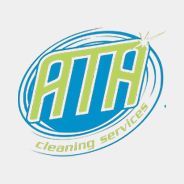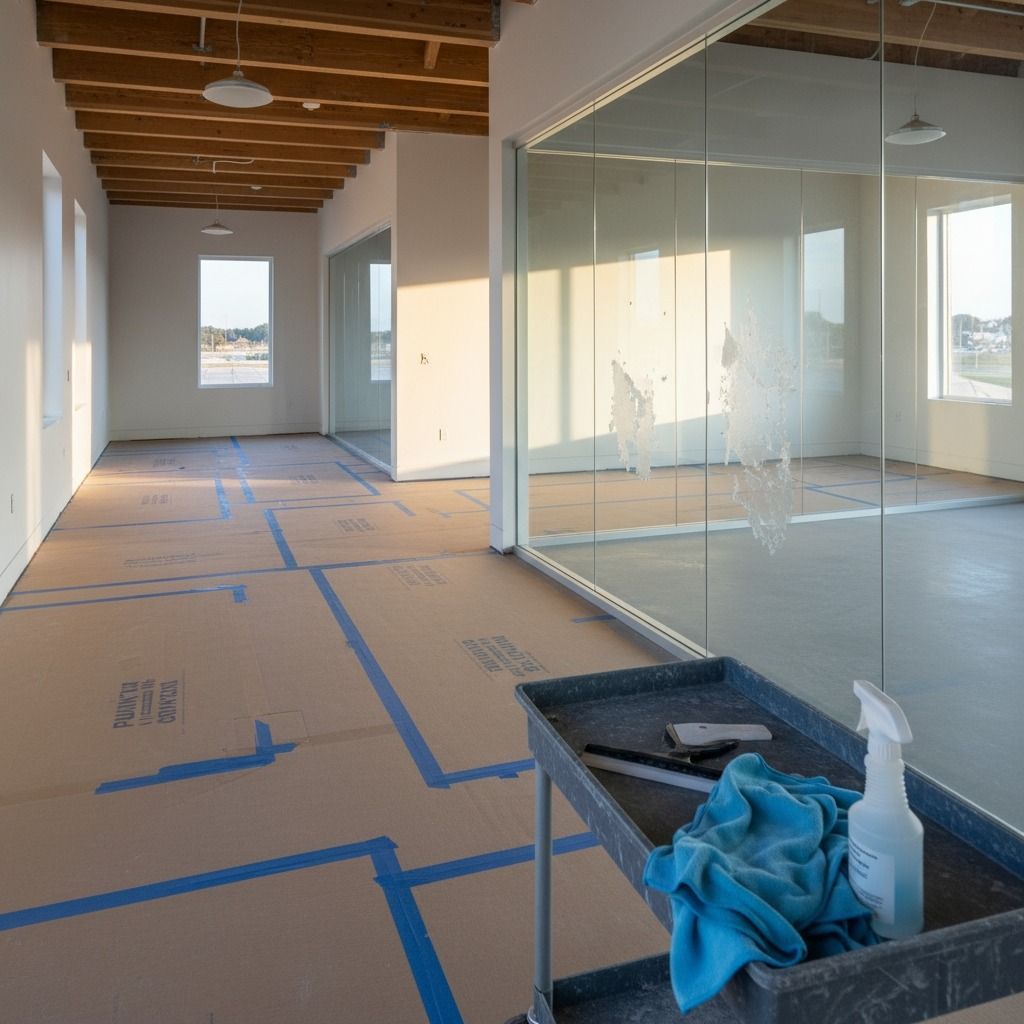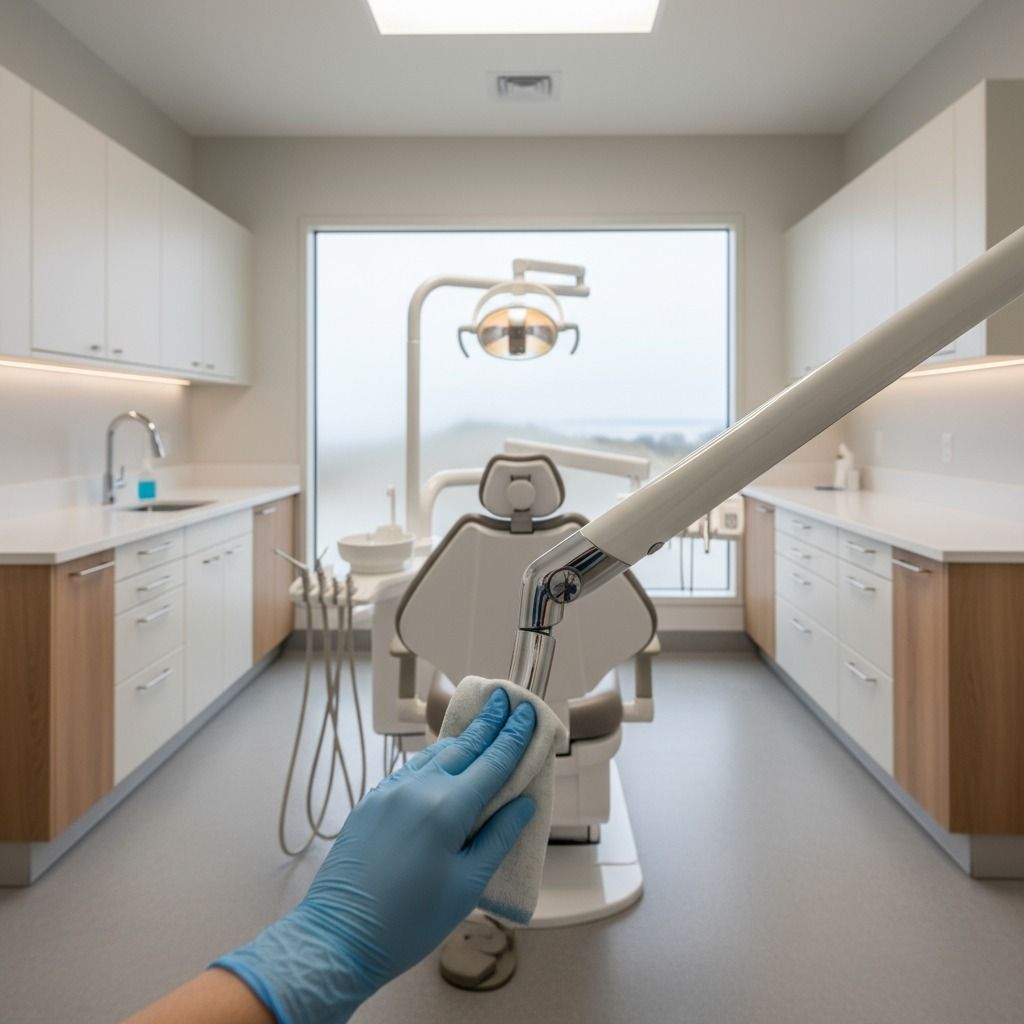Post-Construction Cleaning: Cape Cod & South Shore Guide

From interviews with general contractors:
I once had a final cleaning crew scratch a $10,000 pane of glass trying to remove a sticker with a razor blade. It delayed our turnover by a week and killed my margin. On the Cape and South Shore, the final 1% of the job—the cleaning—can make or break your punch list and your reputation. I need a cleaning partner who understands construction sequencing, protects expensive finishes, and works with my supers, not against them.
ABOUT
Post-Construction Cleaning: From Dust Cloud to Turnover
Scope / What to Lock Down
01
Three-Phase Approach: The scope must be broken down into three distinct phases:
1. Rough Clean: Removal of gross debris, scrap, and initial dust-down while other trades are still working.
2. Detail Clean: Top-to-bottom cleaning of all surfaces, including casework, fixtures, and glass, after major construction is complete.
3. Turnover/Punch-List Clean: A final wipe-down and vacuum to remove dust settled after the detail clean, performed just before the client walk-through.
- Finish Safety: The SOW must explicitly forbid the use of abrasive powders, harsh acids, and unprotected metal tools on finished surfaces.
- Glass & Adhesive Removal: Specify the exact methods for removing stickers, paint overspray, and silicone from windows and frames (e.g., plastic scrapers, approved solvents).
- Rework Clause: Define the process and cost for the cleaning crew to return and spot-clean areas after other trades perform punch-list work.
02
SLAs, KPIs & Proof (Inspection-Based)
KPIs: The most important metric is the First-Pass Punch-List Acceptance Rate (goal: >95% for all cleaning-related items). Other KPIs include Zero Incidents of Finish Damage and On-Time Phase Completion.
Sign-Offs: Each of the three cleaning phases must be formally signed off on by your site superintendent before the vendor moves to the next phase or submits an invoice.
Photo Documentation:
The cleaning vendor should provide before-and-after photos for challenging tasks, such as adhesive removal from high-value surfaces, to document their methods and results.
03
Pricing Drivers (What Moves Cost Up/Down)
Square Footage & Ceiling Height: These are the basic inputs, with high ceilings requiring lifts and more labor time.
Finish Sensitivity: A project with extensive custom millwork, imported stone, and high-gloss surfaces will cost more to clean than one with standard VCT and painted drywall.
Glass Ratio & Lifts: The amount of interior and exterior glass to be cleaned, and the equipment needed to reach it, is a major cost driver.
Schedule Compression: Asking a cleaning crew to finish a 5-day job in 3 days to meet a deadline will require overtime and a significant budget increase.
Rework After Trades: The more your painters, electricians, and plumbers need to come back after the detail clean, the more you'll pay for re-cleaning their work areas.
Field Walk-Through Checklist
04
- Review the current project schedule and determine the hand-off dates for each cleaning phase.
- Inventory all high-value glass, noting any adhesive, paint, or silicone that needs removal.
- Identify all finish protection (floor coverings, plastic wrap) and clarify who is responsible for its removal.
- Confirm the availability and location of water, power, and a designated waste dumpster for the cleaning crew.
- Walk the site with the trade foremen to understand their remaining punch-list items.
Step Vendor Vetting
05
- Request references from at least three GCs they have worked with on the Cape or South Shore in the last 12 months.
- Ask for their written Standard Operating Procedures (SOPs) for finish-safe cleaning, particularly for glass, stainless steel, and natural stone.
- Require them to demonstrate their glass/adhesive removal technique on a test pane or a low-visibility window on site.
- Review their staffing plan and their ability to surge labor to accommodate schedule compression.
- Verify their Certificate of Insurance (COI) and site safety plan, including lift certifications.
Faq
Frequently Asked Questions
When should I schedule the rough clean vs. the detail clean?
Schedule the rough clean after the drywall is finished but before flooring and final fixtures go in. The detail clean should be scheduled as the very last step, after all other trades have completed their primary work.
Who pays for re-cleaning after trades do punch-list work?
This should be defined in the contract. Typically, the initial three-phase price includes one final turnover clean. Any significant re-cleaning required because of other trades' mess is billed as extra T&M (Time and Materials) to the GC.
Are your crews certified to operate scissor lifts?
A professional post-construction cleaning vendor must provide proof of operator certification for any lifts they use on your site.
What about VOCs and construction odors?
Specify the use of low-VOC cleaning products in your scope. A final "air scrubbing" with HEPA filtration units can also be added to the scope to improve indoor air quality before turnover.
How do you handle dust containment?
During the rough and detail cleans, effective crews use dust containment strategies like sealing HVAC vents and using HEPA-filtered vacuums to prevent dust from re-circulating.
Contact us today and schedule your assessment.
Click below and send us your message





